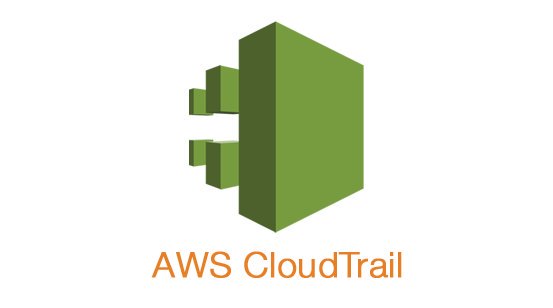From Predictive Analytics to Clinical Trials: The Multifaceted Applications of Data Science in Healthcare
In today’s world, healthcare generates an enormous amount of data, including medical records, diagnostic images, clinical trials, and patient-generated data from wearables and other connected devices. This abundance of data presents an opportunity for healthcare organizations to leverage data science techniques to gain insights and improve patient outcomes.
Data science is a multidisciplinary field that combines statistics, computer science, and domain expertise to analyze and interpret complex data sets. By applying data science to healthcare, organizations can gain new insights into patient health and behavior, optimize clinical workflows, and develop more effective treatments.
Here are some of the ways that data science is making a difference in healthcare:
1. Predictive Analytics: One of the key applications of data science in healthcare is predictive analytics. By analyzing large data sets, healthcare organizations can identify patterns and predict future events, such as disease outbreaks, hospital readmissions, and patient deterioration. This allows healthcare providers to take proactive steps to prevent negative outcomes and improve patient outcomes.
2. Precision Medicine: Data science is also driving the development of precision medicine, which uses genetic and other data to develop targeted treatments that are tailored to an individual’s specific health needs. By analyzing large data sets, healthcare organizations can identify genetic variations and other factors that contribute to disease, and develop personalized treatment plans that are more effective than one-size-fits-all approaches.
3. Medical Imaging: Data science is being used to improve medical imaging, allowing healthcare providers to identify and diagnose diseases more accurately and efficiently. By analyzing large data sets of medical images, healthcare organizations can develop algorithms that can detect early signs of disease, identify tumors, and more accurately diagnose conditions.
4. Electronic Health Records: Data science is being used to analyze electronic health records (EHRs), allowing healthcare providers to better understand patient health and behavior. By analyzing EHR data, healthcare organizations can identify patterns and trends in patient care, develop personalized treatment plans, and improve overall patient outcomes.
5. Clinical Trials: Data science is also being used to improve clinical trials, allowing healthcare organizations to develop new treatments and therapies more quickly and efficiently. By analyzing large data sets, healthcare organizations can identify patient populations that are more likely to respond to certain treatments, and develop targeted clinical trials that are more efficient and effective.
6. Real-time Monitoring: Data science is enabling real-time monitoring of patient health data, which can be used to identify early warning signs of potential health problems. Wearables and other connected devices can provide a continuous stream of data that can be analyzed in real-time to alert healthcare providers to potential issues, such as irregular heartbeats or blood sugar levels outside of the normal range.
7. Population Health Management: Big data is being used to improve population health management by analyzing data on large groups of patients to identify patterns and trends in health outcomes. By using this information, healthcare providers can develop targeted interventions to prevent disease and promote better health outcomes for entire populations.

In conclusion, the field of big data and data science is rapidly transforming the healthcare industry by improving patient outcomes, reducing costs, and promoting better health for entire populations. As healthcare organizations continue to invest in these technologies, we can expect to see even more innovation and improvements in the years to come.










